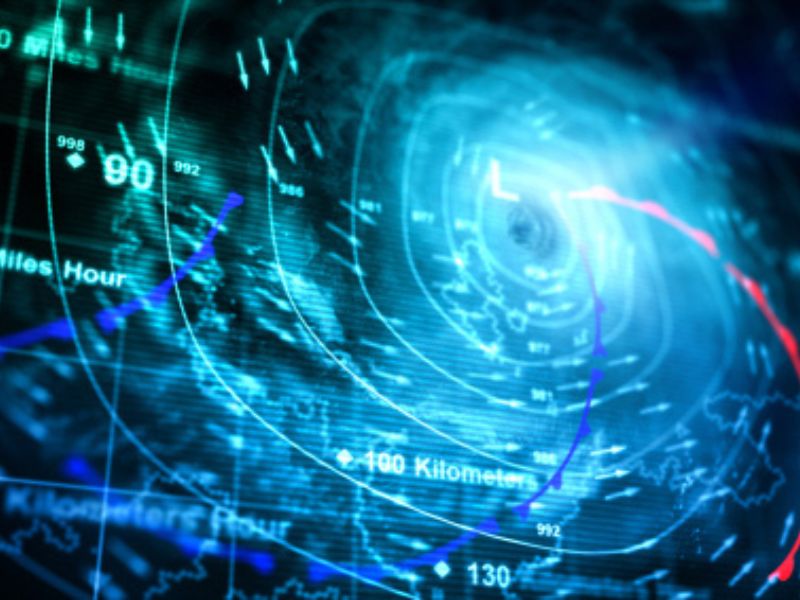Weather forecasting is the process of predicting the state of the atmosphere at a specific time and location using scientific methods. It involves gathering data from various sources, analyzing it, and using computer models to simulate atmospheric behavior. The primary goal is to provide timely, accurate forecasts to help people prepare for weather events that might impact their lives. For example, if you’re planning a trip to San Cristóbal, Medellín, Antioquia, Colombia, it’s essential to check the weather san cristóbal, medellín, antioquia, colombia on celsius for up-to-date weather predictions, allowing you to prepare for potential rain, sunny conditions, or other climate factors.
Understanding Weather Forecasting
Weather forecasting is the process of predicting the state of the atmosphere at a specific time and location using scientific methods. It involves gathering data from various sources, analyzing it, and using computer models to simulate atmospheric behavior. The primary goal is to provide timely, accurate forecasts to help people prepare for weather events that might impact their lives.
The Science Behind Weather Forecasting
Weather forecasting relies on meteorology, the study of the atmosphere. Meteorologists use data collected from various instruments, satellites, weather stations, and radar to understand weather patterns. They analyze these inputs to make predictions about temperature, precipitation, humidity, wind speed, and other atmospheric factors.
Meteorologists use a combination of observational data and computational models to generate forecasts. These models simulate the atmosphere’s behavior, taking into account a variety of factors such as air pressure, ocean currents, and solar radiation. Weather forecasts can range from short-term (a few hours to a few days) to long-term (weeks or months).
Key Instruments and Technologies Used in Weather Forecasting
To collect data for forecasting, meteorologists use a variety of tools and technologies. The following instruments are crucial for accurate weather predictions:
- Satellites: Satellites orbiting the Earth provide valuable information about cloud patterns, temperature, and other atmospheric conditions. They help monitor large-scale weather systems, such as hurricanes, and gather data from remote regions that may be difficult to reach otherwise.
- Weather Radars: Radar systems detect precipitation, including rain, snow, and hail, by sending out radio waves that bounce off particles in the atmosphere. This data helps meteorologists track storms, tornadoes, and other severe weather events.
- Weather Stations: Ground-based weather stations measure various meteorological parameters like temperature, humidity, air pressure, and wind speed. These stations are spread across the globe and provide real-time data that is used in weather models.
- Weather Balloons: Equipped with sensors, weather balloons are launched into the atmosphere to measure temperature, humidity, and pressure at various altitudes. This data is essential for forecasting upper-level weather conditions.
- Supercomputers: Supercomputers play a crucial role in weather forecasting by processing vast amounts of data and running complex simulations to predict future weather patterns. These high-performance computers use advanced algorithms and models to simulate atmospheric behavior.
The Process of Weather Forecasting
The weather forecasting process typically involves the following steps:
- Data Collection: Meteorologists gather data from various sources, including satellites, weather stations, radar systems, and weather balloons. This information forms the basis for weather models and predictions.
- Data Analysis: The collected data is analyzed to identify trends, patterns, and anomalies in atmospheric conditions. Meteorologists use their expertise to interpret the data and predict how weather systems will evolve.
- Numerical Weather Prediction (NWP): Numerical weather prediction involves using computer models to simulate atmospheric behavior. These models take into account various factors like air pressure, wind patterns, temperature, and ocean currents to predict how the atmosphere will behave over time.
- Forecast Creation: Based on the analysis and model outputs, meteorologists create weather forecasts. These forecasts include predictions for temperature, precipitation, wind speed, and other weather conditions for specific locations and times.
- Continuous Monitoring: Weather forecasting is not a one-time event. Meteorologists continuously monitor weather systems and update forecasts as new data becomes available. This ensures that forecasts remain accurate and reflect the latest atmospheric conditions.
Types of Weather Forecasts
Weather forecasts can be categorized based on their time frame, location, and purpose. The main types of weather forecasts include:
- Short-Term Forecasts: These forecasts predict weather conditions for the next few hours to a few days. Short-term forecasts are often highly accurate and are used for everyday activities like planning outdoor events or commuting.
- Medium-Term Forecasts: These forecasts predict weather conditions for the next few days to a week. While slightly less accurate than short-term forecasts, medium-term predictions are useful for planning activities like travel and business operations.
- Long-Term Forecasts: Long-term forecasts predict weather conditions for weeks or even months ahead. These forecasts are typically less accurate but provide valuable information for planning seasonal activities like farming, construction, and tourism.
- Severe Weather Forecasts: Severe weather forecasts focus on predicting extreme weather events like hurricanes, tornadoes, and blizzards. These forecasts provide early warnings to help protect lives and property.
- Climate Forecasts: Unlike short-term weather forecasts, climate forecasts predict long-term weather trends over months or years. These forecasts are essential for understanding climate change and its potential impacts.
Why Weather Forecasting Matters
Weather forecasting plays a critical role in various sectors of society. Here’s why it matters:
- Public Safety: Accurate weather forecasts are crucial for public safety. Early warnings of severe weather events like hurricanes, tornadoes, or floods can save lives and minimize damage. Forecasts help governments, emergency services, and individuals take preventive measures to protect themselves.
- Agriculture: Farmers rely on weather forecasts to make informed decisions about planting, irrigation, and harvesting crops. Understanding weather patterns helps reduce the risk of crop failure due to adverse weather conditions like droughts, floods, or frost.
- Transportation: Weather conditions significantly impact transportation systems. Accurate forecasts help airlines, shipping companies, and road transport operators adjust their schedules and ensure safe travel. For example, pilots use weather data to navigate through stormy conditions, while shipping companies plan routes to avoid hurricanes.
- Energy and Utilities: Energy providers use weather forecasts to anticipate demand and adjust their operations accordingly. For example, a heatwave might increase electricity consumption due to air conditioning, while a cold snap could spike demand for heating.
- Disaster Preparedness: Governments and organizations use weather forecasting to prepare for natural disasters. Early warning systems for storms, tsunamis, and wildfires can help authorities evacuate areas and provide resources to those in need.
- Environmental Protection: Weather forecasting aids in environmental monitoring, including tracking pollution levels, forest fires, and ocean currents. Forecasts also help in understanding climate change and mitigating its impacts.
- Economic Impact: The economy relies heavily on accurate weather forecasts. Industries like tourism, construction, and insurance depend on weather predictions to manage risks and optimize their operations. Poor weather conditions can lead to delays, losses, and increased costs.
Challenges in Weather Forecasting
Despite advancements in technology, weather forecasting remains a complex task due to several factors:
- Unpredictable Weather Patterns: Some weather events, such as tornadoes or flash floods, are difficult to predict due to their sudden and localized nature. Even with advanced models, certain weather phenomena remain challenging to forecast.
- Data Limitations: While there is a wealth of weather data available, the accuracy of forecasts depends on the quality and resolution of this data. In some regions, limited data coverage can affect the accuracy of forecasts.
- Model Limitations: Weather models are based on assumptions and approximations, which can lead to errors. As weather systems are highly dynamic and influenced by many variables, models may not always accurately predict outcomes.
- Climate Change: As the climate changes, weather patterns are also shifting, making it harder to predict long-term trends. Meteorologists are constantly updating their models to account for new climate realities.
Conclusion
Weather forecasting is an indispensable part of modern life, impacting everything from daily activities to global economics. The combination of data collection, scientific analysis, and technological advancements has made weather forecasting more accurate and accessible than ever before. While challenges remain, the importance of accurate weather predictions cannot be overstated, as they help save lives, protect property, and enable informed decision-making in various sectors. As technology continues to evolve, we can expect even more precise forecasts, helping individuals and organizations better navigate the uncertainties of the atmosphere.







